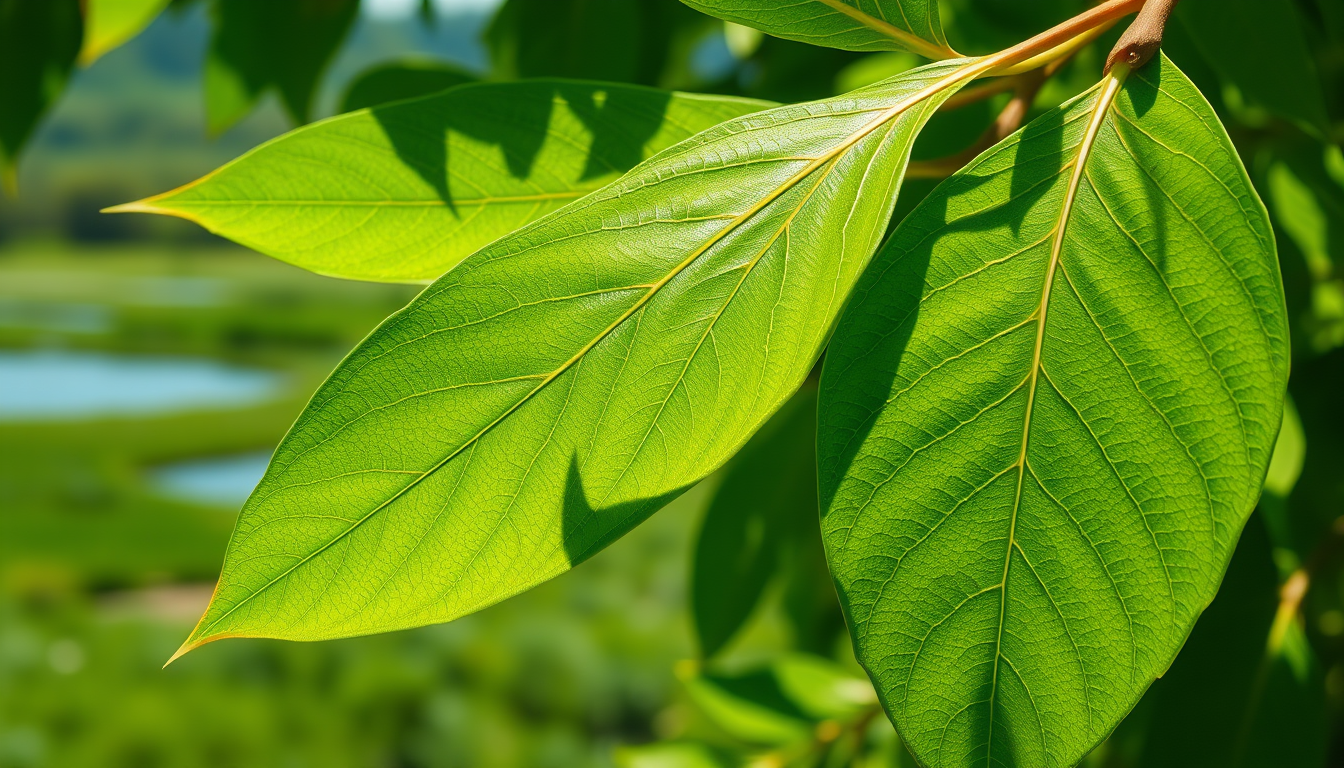Indian almond leaves, scientifically known as *Terminalia catappa*, are a fascinating and versatile plant species native to the Indian subcontinent. These leaves have been used for centuries in traditional medicine, culinary arts, and even in cultural practices. This comprehensive guide delves into the various aspects of Indian almond leaves, exploring their history, uses, benefits, and more.
Historical Background and Cultural Significance
Ancient Roots
The Indian almond tree, *Terminalia catappa*, has a long history that dates back to ancient times. It is mentioned in various ancient texts, including the Ayurvedic literature, which is one of the oldest medical systems in the world. The tree was revered for its medicinal properties and was often used in traditional healing practices.
Cultural Symbolism
In many Indian cultures, the Indian almond tree holds significant symbolic value. The leaves are often used in religious ceremonies and rituals. For instance, in some Hindu traditions, the leaves are used to decorate temples and during festivals like Diwali. Additionally, the tree is often planted in public spaces and gardens as a symbol of peace and prosperity.
Medicinal Uses and Benefits
Traditional Medicine
Indian almond leaves have been a staple in traditional medicine for centuries. They are known for their numerous health benefits and are used to treat a variety of ailments. Some of the common medicinal uses include:
– Antioxidant Properties: The leaves are rich in antioxidants, which help in combating free radicals and preventing cellular damage.
– Anti-Inflammatory Effects: They possess anti-inflammatory properties that can help in reducing inflammation and pain.
– Digestive Health: Indian almond leaves are often used to treat digestive issues such as constipation, diarrhea, and stomach ulcers.
– Respiratory Health: They are used to treat respiratory problems like coughs, colds, and asthma.
– Skin Care: The leaves are used in traditional skin care practices to treat skin conditions like eczema and psoriasis.
Scientific Research
Modern scientific research has validated many of the traditional uses of Indian almond leaves. Studies have shown that the leaves contain compounds like tannins, flavonoids, and alkaloids that contribute to their medicinal properties. For example, research has indicated that the leaves have anti-microbial, anti-fungal, and anti-viral properties, making them effective in treating various infections.
Culinary Uses
Traditional Recipes
Indian almond leaves have been a part of traditional Indian cuisine for centuries. They are often used to flavor dishes and beverages. Some common culinary uses include:
– Tea Preparation: The leaves are used to make a refreshing tea that is believed to have numerous health benefits.
– Pickling: The leaves are used in pickling processes to add a unique flavor to vegetables and fruits.
– Curries and Soups: They are added to curries and soups to enhance their flavor and nutritional value.
Modern Culinary Trends
In recent years, Indian almond leaves have gained popularity in modern culinary trends. Chefs are incorporating them into various dishes to add a unique flavor profile and nutritional value. For instance, they are used in the preparation of salads, smoothies, and even desserts.
Environmental Benefits
Ecosystem Support
Indian almond trees play a significant role in supporting local ecosystems. They provide habitat and food for various species of birds, insects, and other wildlife. Additionally, the trees help in soil conservation and prevent erosion.
Climate Change Mitigation
The Indian almond tree is known for its ability to absorb carbon dioxide, making it an effective tool in mitigating climate change. Planting these trees can help in reducing the carbon footprint and promoting a healthier environment.
Cultivation and Care
Growing Conditions
Indian almond trees thrive in tropical and subtropical climates. They prefer well-drained soil and a warm, humid environment. The trees can grow up to 30 meters in height and have a lifespan of over 100 years.
Propagation and Maintenance
Propagation of Indian almond trees can be done through seeds or cuttings. The seeds should be sown in a well-draining soil mixture and kept in a warm, humid environment. Cuttings can be taken from healthy branches and rooted in a suitable medium.
Maintaining the health of Indian almond trees involves regular pruning, watering, and fertilization. The trees should be pruned to encourage bushy growth and to remove any dead or diseased branches. Regular watering is essential, especially during the dry season, to ensure the health of the tree.
Conclusion
Indian almond leaves are a remarkable plant species with a rich history and numerous uses. From their traditional medicinal applications to their culinary uses and environmental benefits, these leaves have proven to be a valuable resource. As our understanding of their properties continues to grow, so too will their importance in various aspects of life. Whether you are interested in traditional medicine, culinary arts, or environmental conservation, Indian almond leaves offer a wealth of benefits that are worth exploring.
References
1. *Ayurvedic Pharmacology: A Handbook for Practitioners*, by Dr. Vasant Lad
2. *Terminalia catappa: A Review of Its Phytochemicals and Biological Activities*, Journal of Ethnopharmacology
3. *The Indian Almond Tree: A Comprehensive Guide*, by Dr. S. K. Bhatnagar
4. *Indian Almond Leaves: A Culinary and Medicinal Treasure*, by Chef Sanjay Thummalapally
—
This comprehensive guide on Indian almond leaves provides a detailed overview of their history, uses, benefits, and cultivation. Whether you are a health enthusiast, a chef, or an environmentalist, this guide offers valuable insights into the world of Indian almond leaves.
